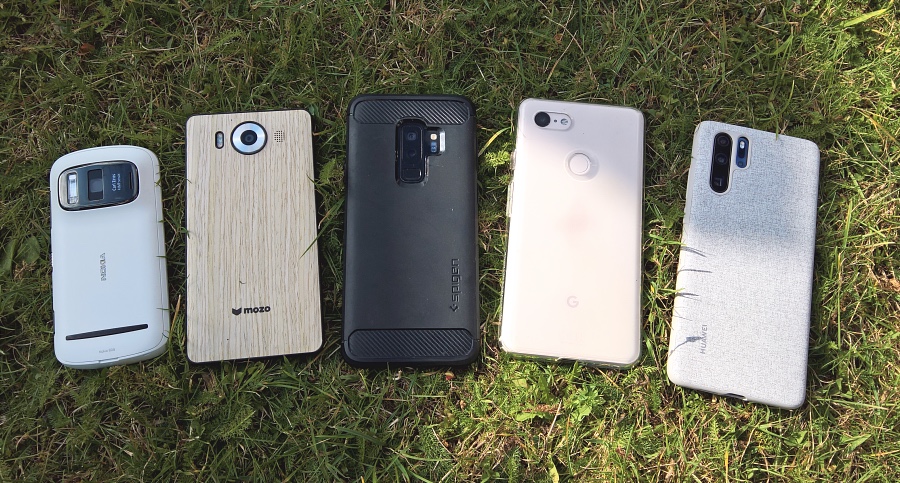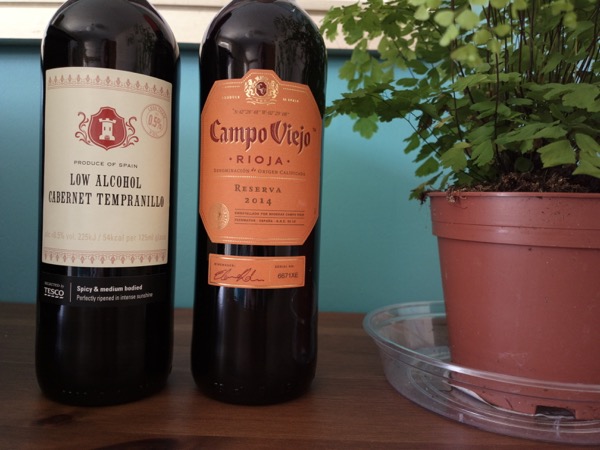And all this is at the heart of many of my complaints about smartphones from the last decade - when you look at the pixel level in many cases, all you see are artefacts and enhancement - try to crop or tweak such images later on and the defects are all too obvious.
I covered all this to a degree in my article The toughest subject of them all... Nature! and I'd like to attempt something similar here, but with updated phone hardware and examples. Again I'm going to take subjects with intricate detail and see what each phone camera system makes of them, down at the pixel level. How pure, how detailed, can we go?
In particular, I'm going to include the latest Google Pixel 3 Camera under Android 10 (decent and world-praised results, despite the average hardware) and also the Huawei P30 Pro with 'RAW' turned on in its 'Pro' mode settings. This latter is interesting because it's the only way to get Huawei's software to turn off the heavy handed sharpening - with the downside that you have to remember to delete the space-hogging RAW files after the fact!
As baselines for what should be achievable I'm using the classic (2012) Nokia 808 PureView and the (2015) Microsoft Lumia 950, plus my own personal Galaxy S9+, which I'm expecting to produce the ugliest results of the five phones being tested, at least down at the pixel level.

Again, the goal here in my crops is to see which phone imaging system (including with the Huawei RAW toggle on) produces naturally sharp details and the fewest artefacts. Most other phone cameras will produce worse results than those featured here, so in theory the details here are as good as one could expect, even in 2019. Don't believe everything manufacturers claim on their product pages!
Test 1: Sunlight and colour
A sunny flower bed, ideal conditions and lots of natural detail, including weeds (it's been a dry and damaging summer in the UK, it's only rained here once in the last six weeks). Here's the overall scene, as shot on the Nokia 808 (this all in its 8MP PureView mode, by the way):

Now let's look at just how pure and how detailed results can get from the five systems here. In order, from top to bottom, and with original images linked, for your own analysis, 1:1 crops from the Nokia 808 PureView, Lumia 950, Galaxy S9+, Google Pixel 3 XL, and Huawei P30 Pro (in RAW-saving Pro mode):



![]()

- Although the Nokia 808's image is ultra-natural, its sensor is also seven years old now (at least - it was in development for five years!) and it looks too 'un-sharp' to modern eyes, plus the dynamic range isn't high enough and there are some blow-outs (look at one of the central leaves). Still, it's a benchmark and a guide as to what phone camera optics (in this case, ZEISS) can achieve. Or be limited to.
- The Lumia 950's shot would be picked by most people as the 'best', but it clearly over-cooks the colours a bit. The pink is too pink, the red is slightly too red, and so on. The 950 also has PureView oversampling and balances this with enough sharpening to bring out real details. It's slightly over the top if you wanted to do more to the image in an editing package, but it's great for 'snap it and move on' occasions.
- The Samsung image processing on the S9+ is more savage in terms of edge enhancement and you can see that finer details have been lost in the process. Again, great for simple snaps but not so good if you want an image for working on further.
- As befitting its reputation, the Google Pixel Camera software on the Pixel 3 XL gets the best colours, nailing the actual flowers, but its level of sharpening is similar to the Lumia 950's and - again - the photo is fine as is but you wouldn't want to work on it too much.
- The Huawei P30 Pro in this RAW-activated Pro mode does pretty well, getting close to the 808 in terms of unsharpened natural detail, though its RYYB sensor also messes up the colours slightly (at least in this Pro mode) and the pink is too pale and the red is now too orange. Oh well.
Test 2: Lower light, textual detail
A still life shot, with tiny writing on a wine bottle indoors and away from direct light. Here's the overall scene, as shot on the Nokia 808:

Now let's look at just how pure and how detailed results can get from the five systems here. In order, from top to bottom, and with original images linked, for your own analysis, 1:1 crops from the Nokia 808 PureView, Lumia 950, Galaxy S9+, Google Pixel 3 XL, and Huawei P30 Pro (in RAW-saving Pro mode):



![]()

- The Nokia 808 PureView excels in lowish light like this and it's perhaps not surprising that it produces the clearest and most natural image. Just look at the writing and the paper texture and colour.
- The Lumia 950's shot again over-eggs the colour, with the label appearing almost vibrant orange, though its algorithms do produce the clearest text overall.
- The Samsung image processing on the S9+ does pretty well on the text, making it super-clear, but at the expense of losing finer details and also the colour, which is too bright/pale.
- The Google Pixel Camera software on the Pixel 3 XL gets the colour right, along with some texture, but everything's just a little 'heavy', a little too emboldened, plus there are some artefacts.
- The Huawei P30 Pro in this RAW-activated Pro mode does well for the text, it's far less sharpened than when not using RAW/Pro, but despite the OIS the camera hardware and software reduces the burnt orange label to a blotchy mess if you look closely. This is the difference between Nokia's original PureView algorithms and those for simple 'pixel-binning', by the way.
Conclusion
You'd have to be an imaging fetishist to have made it this far, but if that's you then you care about image purity as much as I do. And there's still no overall winner, no modern smartphone camera that nails images to accurately represent the real world in terms of unsharpened detail. It's fine to say "Well, let's have a Nokia 808 with OIS and modern OS" but that's just not going to happen.
In theory the P30 Pro should get close, but it simply doesn't, even in this artificial Pro (with RAW) mode. The P30 Pro's design and development is helmed by Eero Salmelin, one of Nokia's main PureView guys, but even after five software updates he/Huawei hasn't even got close to what the 808 can do for as-is shots. Users shouldn't have to drop down to an arcane Pro mode and remember to toggle on RAW capture.
On the Lumia side, I'd still bet on the 950 to take the best shot in a great many light/subject scenarios, with a fine balance of purity and sharpening. It's why I rated the 950 so highly since launch.
Comments welcome. Is all this just me being artificially obsessive?
